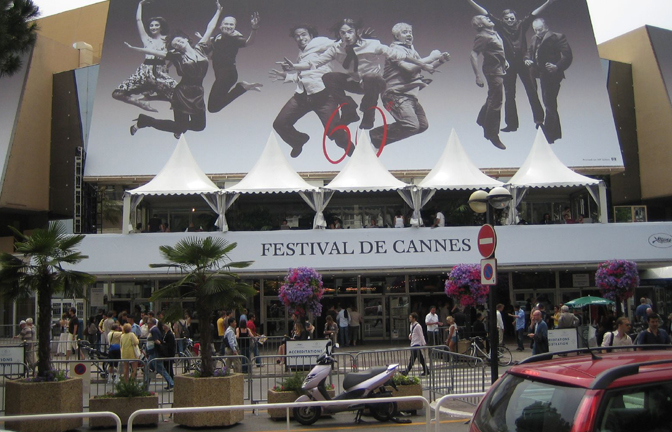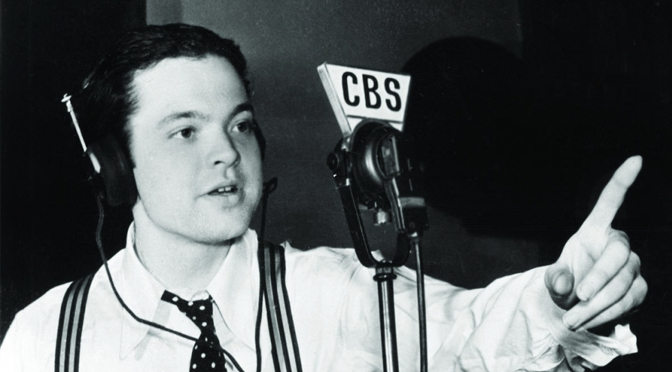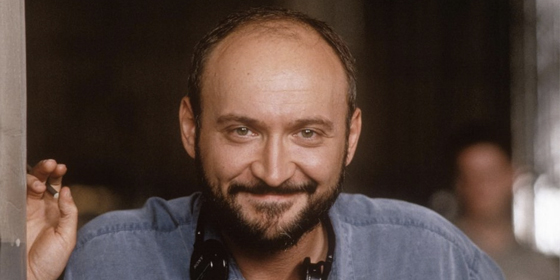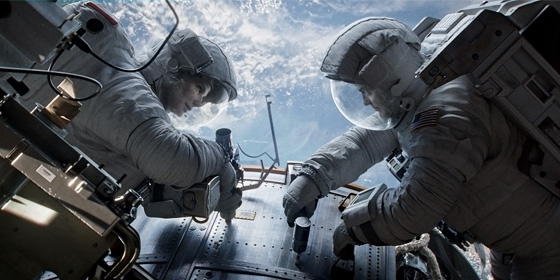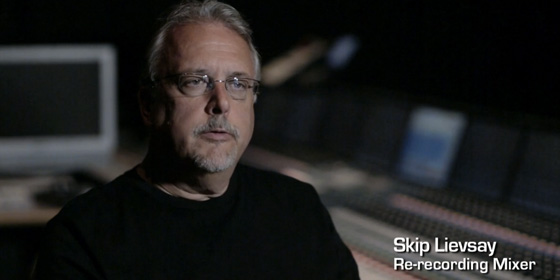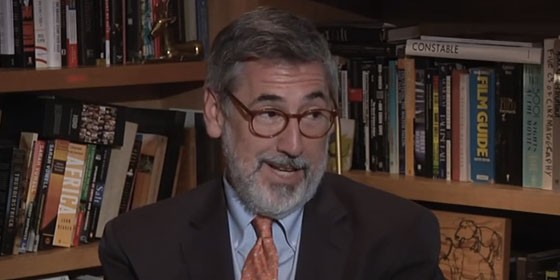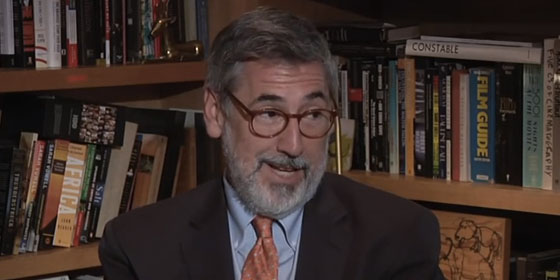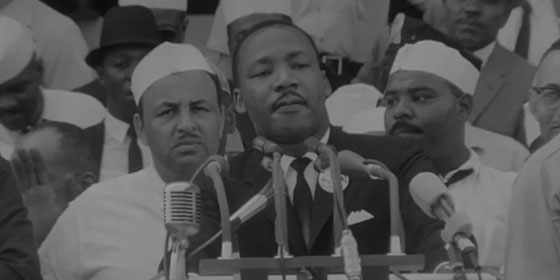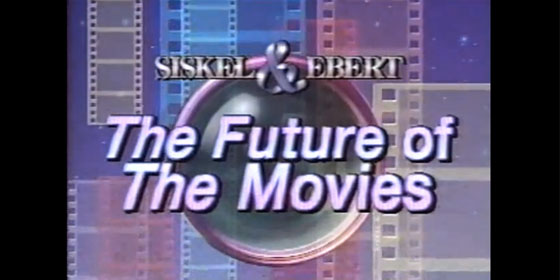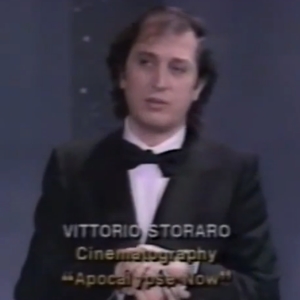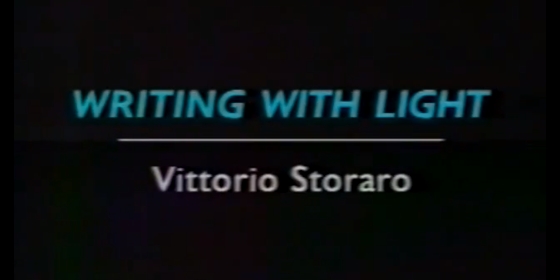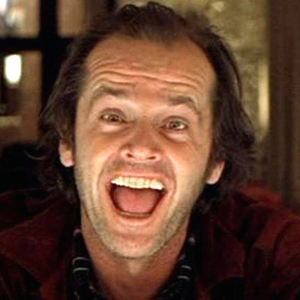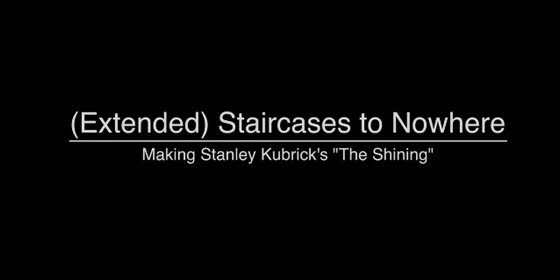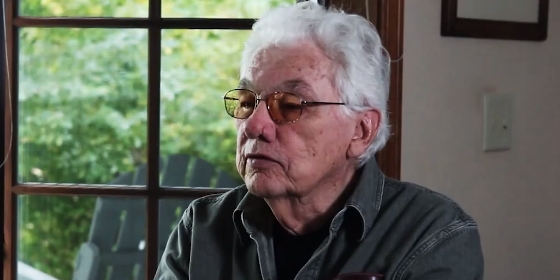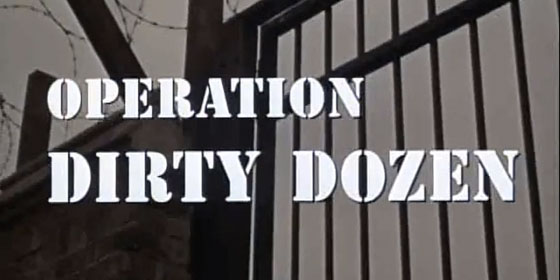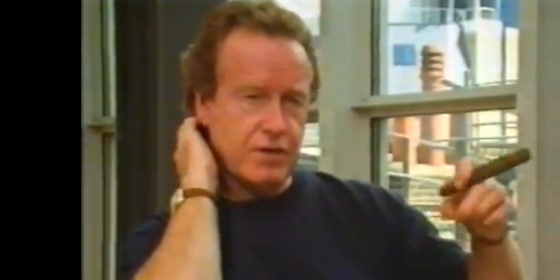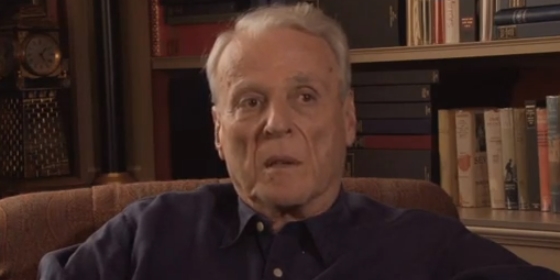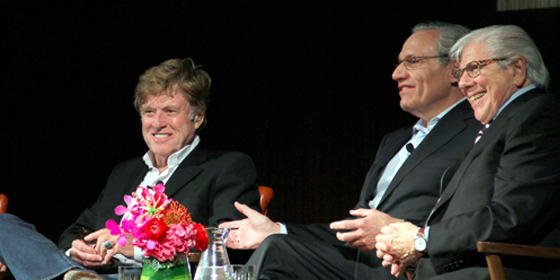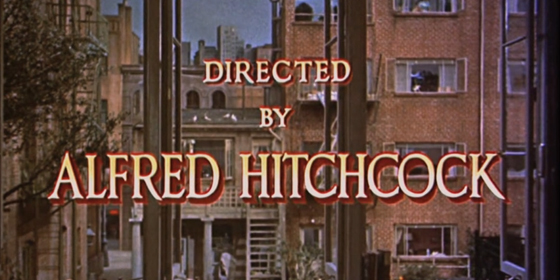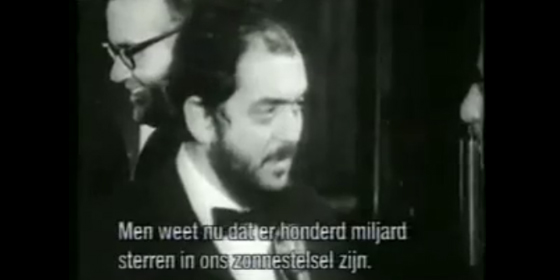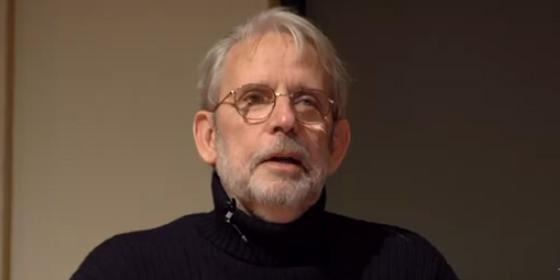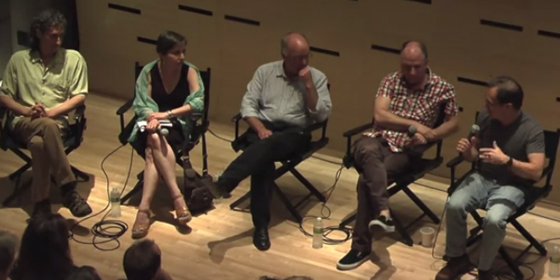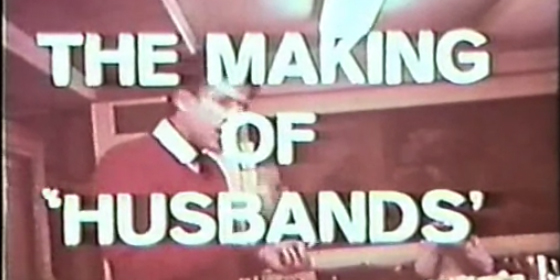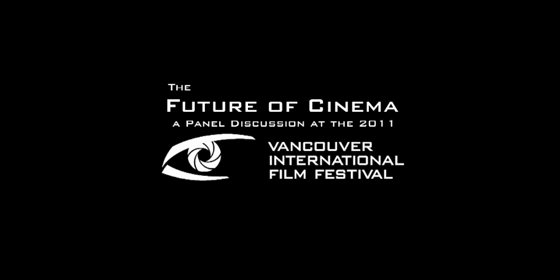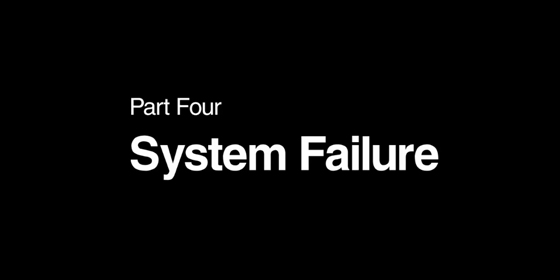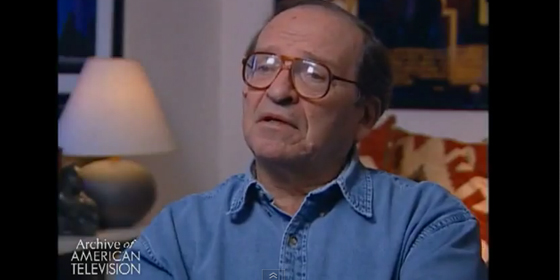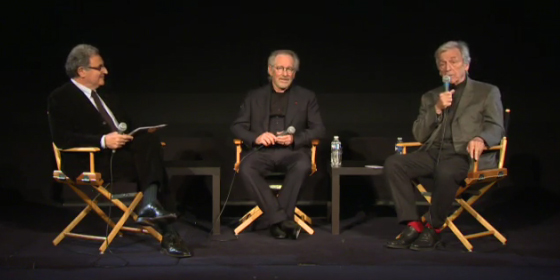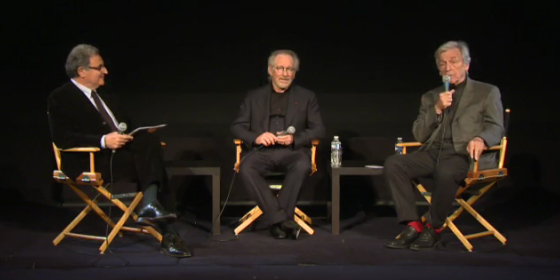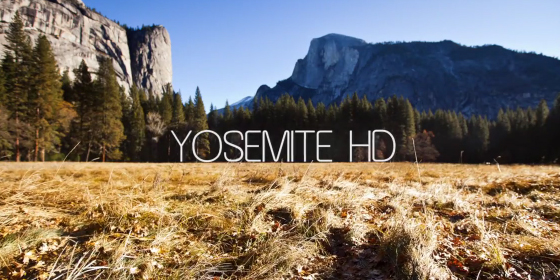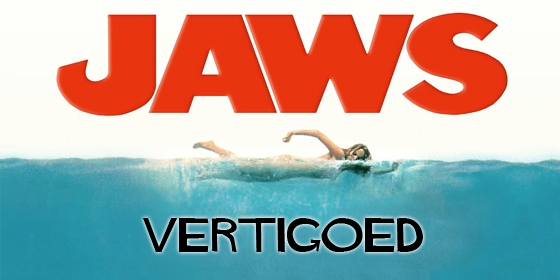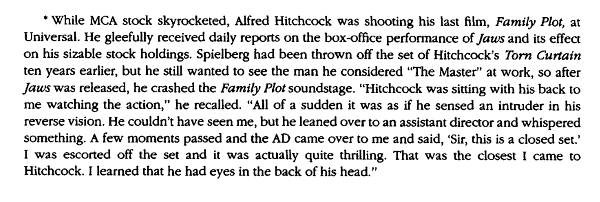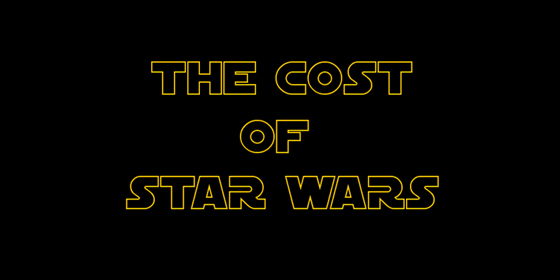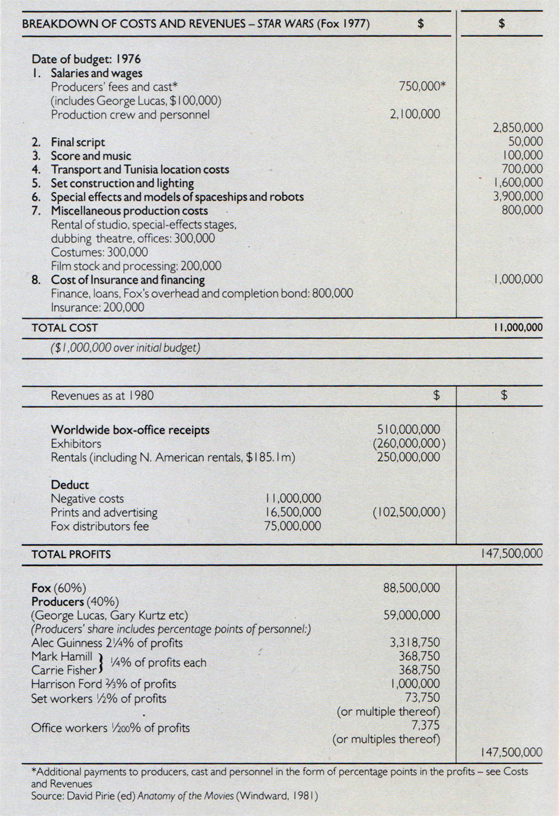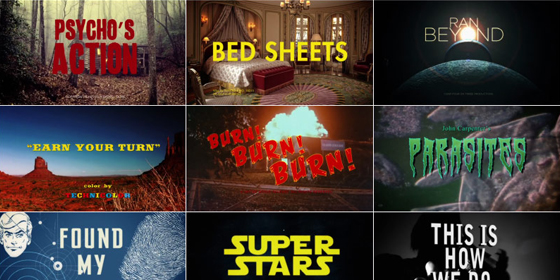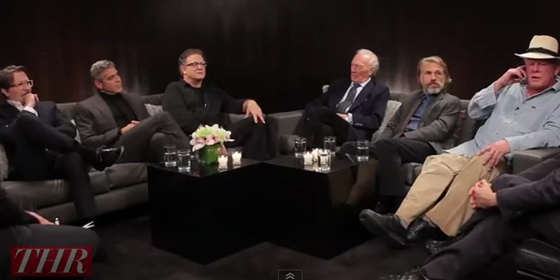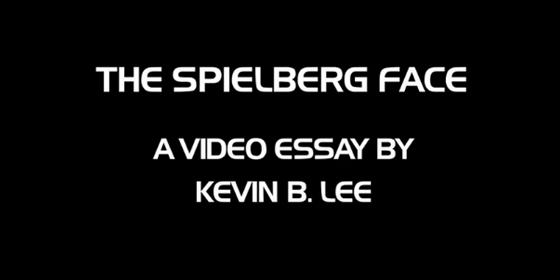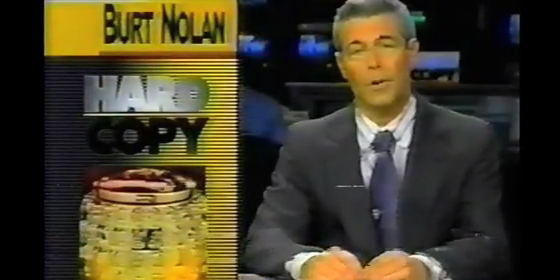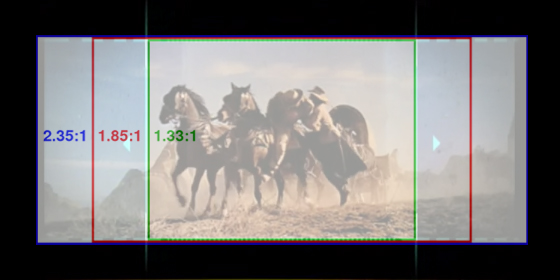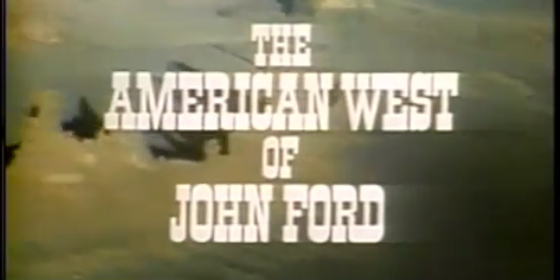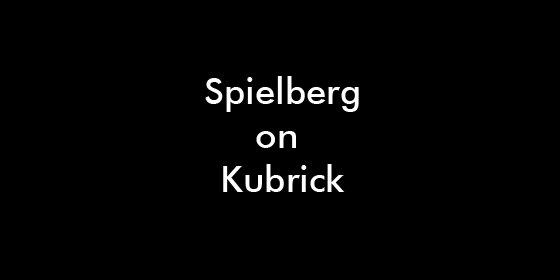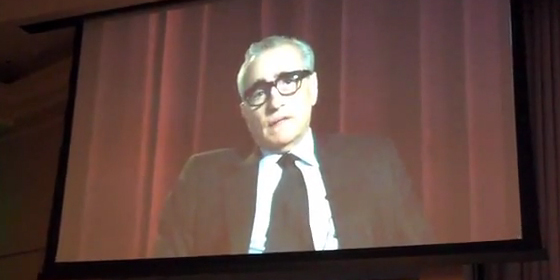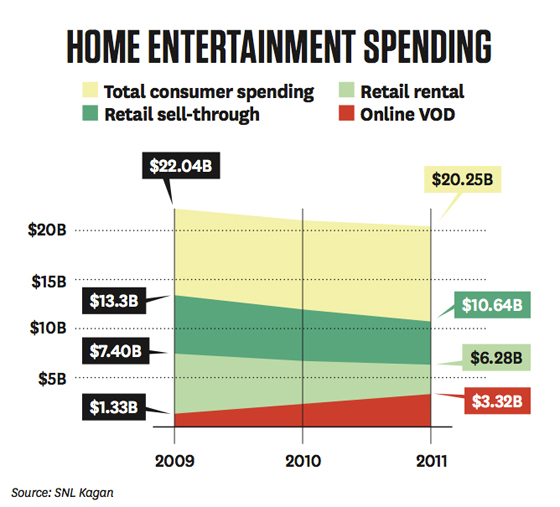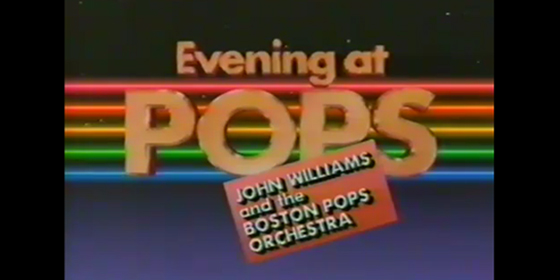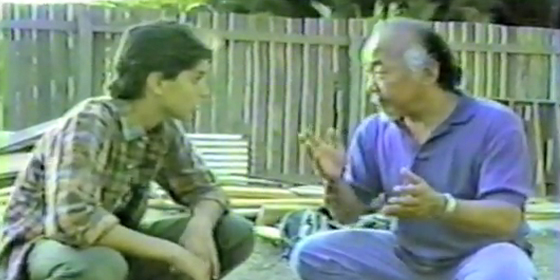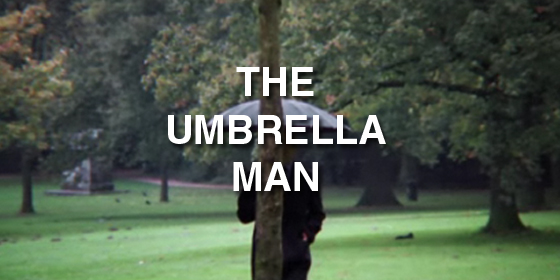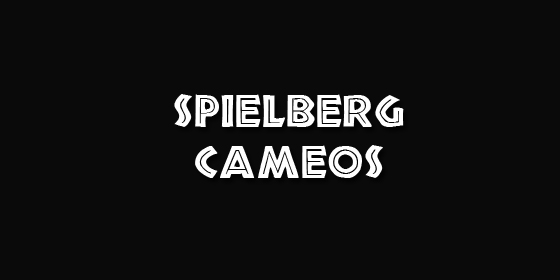After recently discovering a video of Donald Trump discussing Citizen Kane (1941), it reminded me of an encounter I had once with his ex-wife in the South of France.
Just in case you haven’t seen the video with the property mogul and current Republican frontrunner, it was filmed by Errol Morris as part of a wider project that unfortunately never got made.
The prescience and irony is something to behold, especially if you know Citizen Kane well.
It also reminded of a strange incident during the 2007 Cannes film festival, when a friendly PR girl rang me and asked if I wanted to interview someone in a villa amongst the hills above the famous French town.
Not being too busy that night, I agreed, thinking ‘why not?’ and was intrigued as to who this person might be. A director? Producer? Actor?
As the taxi stopped outside the villa, you could almost feel the wealth and decadence in the air: palm trees peeking over walls, lights shooting into the sky and the noisy gaggle of Eurotrash inside.
My PR contact was waiting at the gates with two burly security guards hovering around her. I asked who my interviewee was, and she told me: “Ivana Trump. Donald’s ex-wife”.
Ah…, yes. I vaguely remembered her. She and her (then) husband Donald were quite the celebrity couple throughout the 1980s, widely covered in gossip columns and magazines (including this interesting piece in Spy magazine).
Donald was even referenced cryptically in Gremlins 2: The New Batch (1990) and Ivana (post-divorce) even made an appearance in The First Wives Club (1996), with the memorable line: “Remember girls: don’t get mad, get everything.”
After being ushered inside the garden party, I was directed to a path where fellow journalists were gathered and minders made sure they never went near the real action of the party which was covered by a big tent. But I was still scrambling for questions to ask her as just 30 mins earlier I had been in a hotel bar drinking quite heavily.
Then, after a few minutes, she emerged with a handler whose role was unclear, and my short ‘interview’ began (after a female showbiz hack asked who would play her in a movie.
(I come in around the 1 minute mark!):
Nothing revelatory for sure and truth be told, at the time I was not aware that Ivana was a regular showbiz fixture at Cannes (sometimes charitable, often for lines of retail items) and afterwards it remained in my audio archives. After all it was only 1 question and unrelated to film!
However, after seeing her ex-husband Donald wax lyrical on YouTube about Orson Welles’ astonishing film debut, it took me back to Cannes 2007 and how the themes of Citizen Kane endure: money, fame, power and then what?
Like Kane, Donald has amassed a fortune, gone through divorce and is currently running for political office. What lies ahead for this loud, ambitious man who is dominating the Republican primaries?
Will it be The White House or a wrecked childhood nursery?
> Wikipedia on Ivana Trump, Donald Trump and Citizen Kane
> Roger Ebert’s review of Citizen Kane in 1998
